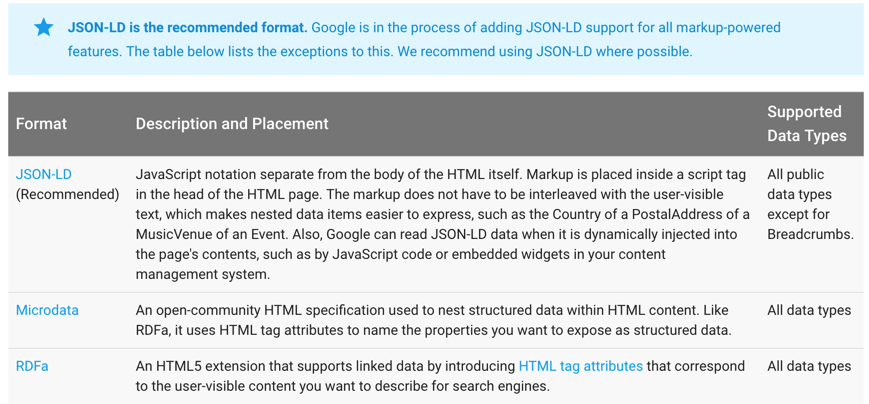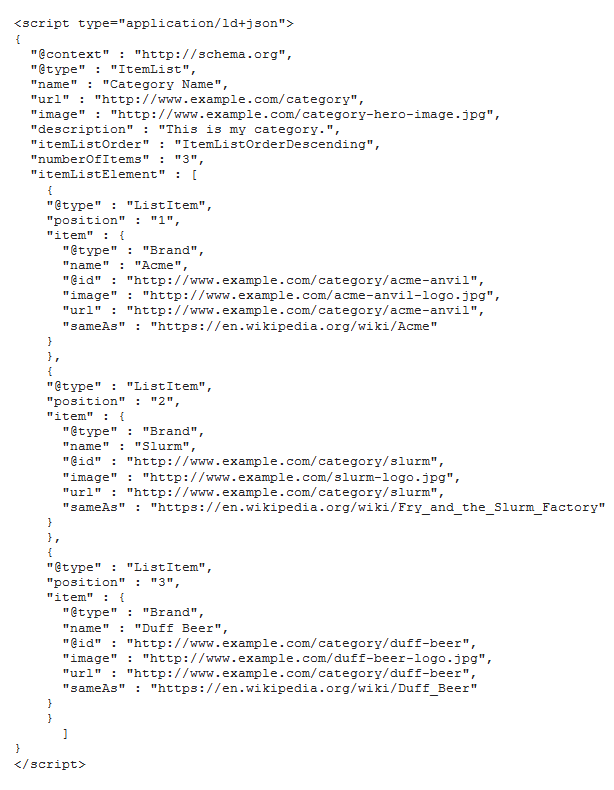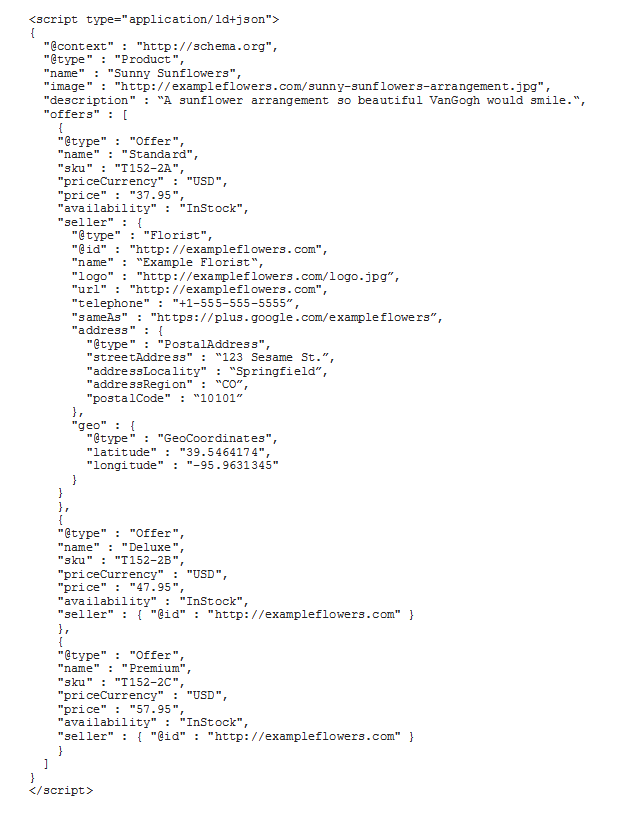Until recently marking up products on a category page were seen as abuse of structured data and you could lose all your rich snippets for doing it. Now, Google actually wants you to use Rich Snippet Markup as part of the SEO for your Ecommerce website.
We are going to look at what changes, what it means for shopping sites, and best practices for taking advantage of this new option for rich snippet markup. Webmaster Support Guidelines stated:
- “When using product markup, the main topic of the page should be a specific product, not a category of products or a list of products. Product markup on listing or category pages is not supported.”
- “The product should be available for purchase directly on the page. We do not support product markup for pages that require a user to visit separate seller’s site or contact a seller offline to complete a purchase.”
What changed?
New documentation in Google’s Developer Guide says:
A category page listing several different products (or recipes, videos, or any other type). Each entity should be marked up using the relevant schema.org type, such as schema.org/Product for product category pages. Marking up just one category entity from all listed on the page is against our guidelines.
What does this mean for shopping sites?
- You can markup products in categories
- You can markup products in lists
- Product variations should be marked up as multiple offers under a single product
- Don’t mark up the Category itself using Product Schema
Where Will You get Rich Snippets?
Rich snippets are only displayed by Google on pages with a single product. This is a solid reason not to markup related products or products featured in sections like ‘Customers also bought’.
If you decide to mark up more than one product, Google wants you to mark up every product on the page. Marking up a category or product list isn’t about getting rich snippets (yet). The main purpose for adding structured data is to help search engines better understand the content of your page. When Google understand a page better, they can better index it.
Rich Snippet Markup Format Matters and JSON-LD is King
As of May 2016, JSON-LD is actually the preferred method of expressing structured data by Google.
The JSON-LD method of expressing structured data offers an advantage over the previously preferred Microdata format because it allows for structured data to be embedded inside <script> tags within the <head> of an HTML page. In other words,JSON-LD structured data is separated from the HTML markup, which makes it much easier to create, debug and maintain than Microdata.
Microdata was pretty terrible anyway
Microdata must be interwoven precisely and correctly within a Web page’s text and HTML. This makes it very difficult to create because all of the Microdata properties need to be nested correctly inside the HTML. If one tag is coded out of place, or a part of the structured data is accidentally removed, the entire sequence will be broken.
How to Mark up Products on a Category Page
Category pages require a Product type for each product listed. It’s an all or nothing option. You have two options:
- Simple: Markup as ItemList and then nest each Product Type.
- Complex: Markup as LocalBusiness* type, nest an Offer for each product (using the makesOffer property) and nest each Product in each Offer using the itemOffered Product.
* There are a few options depending on the content displayed on the page.
Example of Product Mark up on a Category (or List) Page
How to Mark up Product Variations
Often times sites will offer a product in different sizes or upgrades available. For example, you may sell flowers and have arrangements available in Standard, Deluxe, and Premiere. If you don’t have individual pages for each version, marking up each as a separate product will disqualify you from having rich snippets on that page.
The best practice is to mark up a single product with multiple offers.
Example of Marking up Product Variations as Offers
Should You Mark up Reviews on Category Pages?
No, it’s always been against Google’s guidelines to markup reviews for a category or list of items. Reviews should be product or service specific and the reviews should be about the main content of the page they’re on.
Should You Use AggregateRating For Category Pages?
Using aggregateRating markup for products in a category is against Google Structured Data Guidelines. AggregateRating markup should be used for a product page that describes a single product OR a shopping aggregator page that lists a single product, along with information about different sellers offering that product
In conclusion
When you have multiple entity types on a page, Google recommends you mark up all entities. It helps Google algorithms better understand and index your content. You’re not likely to be penalized for not marking up content, but you’ll also miss the benefits it provides. If you’re unsure, talk with an expert. Misusing Structured Data Markup can result in a loss of all your Rich Snippets. Many thanks to Webmaster Central Forum Grace Massa Langlois for her impeccable guidance in understanding these new guidelines.



